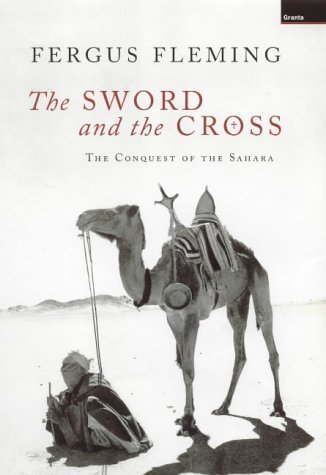What do you think?
Rate this book


Hardcover
First published January 1, 2003
On 1 June [1896] a group of Tuareg joined the caravan, promising both to supply Vallombrosa with fresh camels (those he had purchased at Gabes were of poor quality) and to escort him through the dangerous regions ahead. Vallombrosa greeted them as fellow warriors. Two days later he was still impressed by their devotion to the cause and, interrupting a conversation that he could not understand but which concerned the time and manner of his death, he invited them to a meal of couscous and tinned fish.
The respect that Laperrine commanded was awesome. Shortly after Djanet, Hérisson asked his Arab batman what he would do if there was a holy war between the West and Islam. “Cut your throat,” the man replied. Hérisson then asked him why he served France at all. His answer was that he did not serve France; he served men like Laperrine and Nieger, men who were warriors and who understood the Sahara.
Had Foucauld and Laperrine wasted their lives? Not really. They lived within the circumstances of their age and subscribed to prevailing ideals. Foucald could even be congratulated for manufacturing a creed of self-denial that continued long after his death. [He inspired the Little Brothers and Sisters of Jesus, a religious order with 11,000 members today.] The tragedy of their existences lay not so much in time as in landscape. They had entered a region that defied Western notions of permanence, and they had died there still believing that they had made an impact. But the Sahara was the same after their deaths as before—a vast expanse of sand and rock in which nothing would really change and upon with nothing could leave a lasting impression. Professor Gautier, who had travelled up and down the desert, and had seen both Foucauld and Laperrine in action, gave them an apt, if depressing, epitaph: “The only endemic disease of the Sahara,” he wrote, “is madness.”